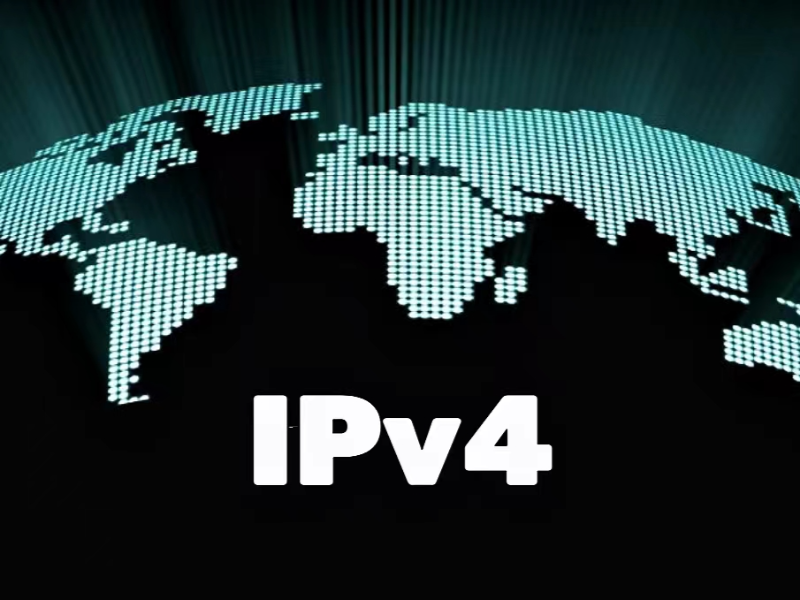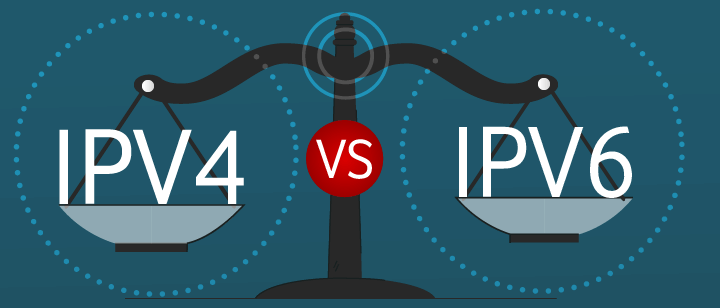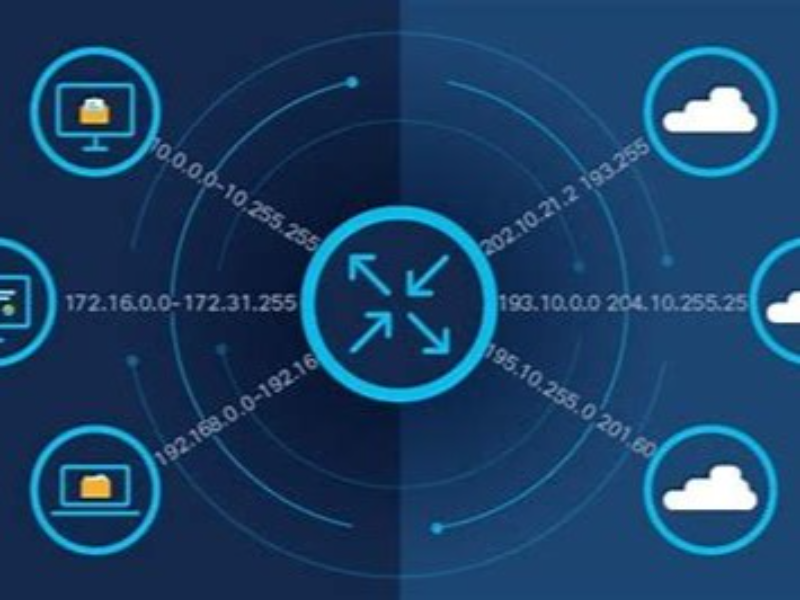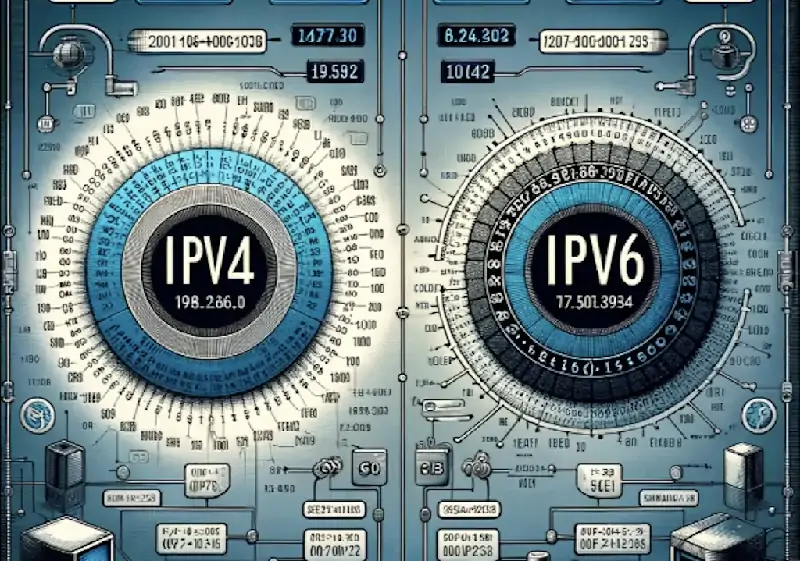- IPv4 and IPv6 are the two main types of IP addresses, essential for identifying and routing data between devices.
- IPv6, with its vast address space and built-in security features, is critical for supporting the growing number of connected devices, including IoT.
In today’s digital world, IP addresses are essential for connecting devices and facilitating data transfer. This article explores the two main types of Internet Protocol addresses—IPv4 and IPv6—examining their functions, benefits, and the importance of transitioning to IPv6 for the future of global connectivity.
Also read: How does an IP address contribute to fraud detection?
Also read: How can I protect my IP address like a pro?

- Introduction to IP addresses
- Why IP addresses matter?
- IPv4: The foundation of the Internet
- IPv6: The future of Internet addressing
- IPv4 vs. IPv6: A Comparative Analysis
- IP address classes and their roles
- Security and privacy in IP addressing
- IPv6 adoption and challenges
- The role of IP in modern digital applications
- The future of IP addressing
- FAQs
Introduction to IP addresses
IP addresses are the backbone of internet communication, serving as unique identifiers for devices on a network. Every time you connect to the internet, whether it’s through your smartphone, laptop, or IoT device, you are assigned an IP address. This allows the data packets from websites, applications, and other services to be correctly routed to your device.
There are two types of IP addresses: IPv4 and IPv6. IPv4 has been in use since the 1980s and has served the world well for many years. However, as the number of devices connected to the internet continues to increase, the limitations of IPv4 have become more apparent. Enter IPv6, a newer version of the protocol designed to address these limitations. This article will explore both IPv4 and IPv6, comparing their features, benefits, and the challenges associated with transitioning from IPv4 to IPv6.

Why IP addresses matter?
At the most fundamental level, IP addresses are essential for identifying devices on a network. Without IP addresses, devices would not be able to communicate with one another. Every time you send or receive data over the internet, your device uses its IP address to establish a connection. This enables a process called “packet switching,” where data is broken into small packets and routed through various servers and routers until it reaches its destination.
With the exponential rise in internet-connected devices—ranging from smartphones to smart refrigerators—the demand for IP addresses has surged. IPv4, which uses a 32-bit address format, can support roughly 4.3 billion unique IP addresses. While this may have seemed like an ample number in the early days of the internet, it has now become a significant limitation. The world is facing an address shortage, and the time to transition to IPv6 has arrived.
The Internet works because of open standards and IP addresses—it’s what allows billions of devices to connect seamlessly.
Vint Cerf, often called the “father of the internet”

IPv4: The foundation of the Internet
IPv4 is the fourth version of the Internet Protocol and has been the foundation of the internet since its inception. It uses a 32-bit address format, which allows for a total of 4,294,967,296 unique addresses. To visualize this, consider that each IP address is represented in four decimal numbers, separated by periods, like this: 192.168.0.1. The simplicity and effectiveness of IPv4 have made it the standard for decades.
However, as more devices connect to the internet, the limitations of IPv4 become apparent. By the early 2000s, it became clear that the available IPv4 addresses would eventually run out. To cope with this shortage, solutions like Network Address Translation (NAT) were implemented, allowing multiple devices to share a single IPv4 address. But these workarounds only go so far, and the global adoption of IPv6 is seen as the long-term solution to address this issue.
IPv4 address classes:
IPv4 addresses are divided into five classes based on their intended use:
- Class A: Designed for large networks, with the first byte ranging from 1 to 126. This class supports approximately 16.7 million host addresses, making it suitable for ISPs and major corporations.
- Class B: Geared toward medium-sized networks, this class covers the first byte range of 128 to 191 and supports around 65,000 hosts.
- Class C: Allocated for smaller networks, with the first byte between 192 and 223, offering up to 254 host addresses.
- Class D: Reserved for multicast communications, spanning from 224.0.0.0 to 239.255.255.255. It enables one-to-many communication, commonly used in streaming and conferencing.
- Class E: Reserved for experimental purposes and not typically used in public networks.
These classes allowed IPv4 to address the diverse needs of early internet users. However, the explosive growth of devices has led to the depletion of available IPv4 addresses.

Limitations of IPv4:
- Address Exhaustion: The most pressing issue with IPv4 is the exhaustion of available addresses. With the rapid expansion of the internet, especially in developing countries, the available IPv4 addresses have been nearly depleted.
- Security Issues: IPv4 was not designed with security in mind. Although security features like IPsec (Internet Protocol Security) have been added, they are not mandatory and are often overlooked by network administrators.
- Network Complexity: Due to the limited number of IPv4 addresses, technologies like NAT have become necessary, adding complexity to network configurations and causing performance issues.
IPv6: The future of Internet addressing
IPv6 is the successor to IPv4 and was designed to address its limitations. Unlike IPv4’s 32-bit address system, IPv6 uses a 128-bit address format, which allows for an astronomically larger number of unique addresses—approximately 340 undecillion addresses (that’s 340 followed by 36 zeros). To put this into perspective, this is enough to assign an IP address to every atom on the surface of the Earth.
IPv6 address format:
An IPv6 address is typically represented as eight groups of four hexadecimal digits, separated by colons, like this: 2001:0db8:85a3:0000:0000:8a2e:0370:7334. The format is more complex than IPv4, but it supports a much greater range of addresses and provides more flexibility for network configurations.

Benefits of IPv6:
- Expanded Address Space: IPv6’s primary advantage is its vast address space. With the proliferation of IoT devices, wearables, and smart technologies, IPv6 provides the scalability needed to accommodate these devices.
- Simplified Network Configuration: IPv6 simplifies network management by eliminating the need for NAT. Each device can have a unique public IP address, making peer-to-peer communication more straightforward and efficient.
- Improved Security: IPv6 was designed with security in mind. IPsec, a suite of protocols for securing IP communications, is mandatory in IPv6, ensuring end-to-end security for all devices connected to the internet.
- Better Performance: IPv6 allows for more efficient routing and packet handling. The larger address space reduces the need for routing tables, streamlining the process of data transmission.
Also read: Decoding the IP address classification system
The exhaustion of IPv4 addresses is a clear signal that the internet must evolve. IPv6 is not just a replacement—it’s a critical enabler for the future of connectivity and innovation.
Leslie Daigle, Chair of the Internet Architecture Board
IPv4 vs. IPv6: A Comparative Analysis
| Feature | IPv4 | IPv6 |
|---|---|---|
| Address Length | 32-bit | 128-bit |
| Address Format | Dotted-decimal (e.g., 192.168.1.1) | Hexadecimal (e.g., 2001:db8::1) |
| Address Space | 4.3 billion | 340 undecillion |
| Security | Optional (IPsec as add-on) | Mandatory IPsec |
| Compatibility | Supported by most legacy systems | Limited to modern systems |
| Transition Complexity | N/A | Requires dual-stack or tunneling |
While IPv6 offers numerous advantages, its adoption has been slow, largely due to the cost and complexity of transitioning from IPv4.

IP address classes and their roles
IPv4 addresses are divided into different classes based on their intended use. These classes determine how IP addresses are allocated across different network sizes. The primary classes are:
- Class A: Supports large networks, with addresses ranging from
1.0.0.0to127.255.255.255. - Class B: Used for medium-sized networks, with addresses from
128.0.0.0to191.255.255.255. - Class C: Used for smaller networks, with addresses from
192.0.0.0to223.255.255.255.
IPv6 simplifies this by eliminating the need for these classes, allowing networks to be more flexible and scalable.
Security and privacy in IP addressing

IP address security is critical in an age where cyberattacks and data breaches are becoming more common. With IPv4, security was an afterthought, and administrators were responsible for manually implementing security protocols like IPsec. In contrast, IPv6 has security built into its design. IPsec is mandatory in IPv6, providing encrypted communication between devices.
Moreover, IPv6 supports better privacy features, including the ability to use temporary, randomized addresses to protect user privacy. This helps mitigate issues related to tracking users based on their IP addresses.
IPv6 adoption and challenges
Although IPv6 provides a host of benefits, its adoption has been slow. Many organizations have been hesitant to make the switch due to the cost and complexity of upgrading their infrastructure. IPv4 remains dominant, and many organizations rely on workarounds like NAT to extend the lifespan of IPv4.
However, as the number of connected devices continues to grow, the need for IPv6 will become more pressing. Major tech companies, including Google and Facebook, have already made the transition to IPv6, and governments around the world are encouraging adoption through initiatives and incentives.

The IoT revolution relies entirely on the ability of devices to communicate seamlessly. Without a scalable IP addressing system like IPv6, this vision would be impossible.
Kevin Ashton, who coined the term “Internet of Things”
The role of IP in modern digital applications
With the explosion of IoT devices, cloud computing, and smart technologies, IP addresses are playing a more significant role in modern digital applications. IPv6 enables the seamless communication of billions of devices, from smart thermostats to autonomous vehicles. As these technologies evolve, the demand for IP addresses will continue to rise, making IPv6 indispensable for the internet’s future.

Without the proper infrastructure in place, we risk running out of addressable devices, which would stifle innovation and hinder the development of smart cities and other transformative technologies
John Curran, president and CEO of the American Registry for Internet Numbers (ARIN)
The future of IP addressing
The future of IP addressing lies in IPv6. As we move toward a more connected world, the limitations of IPv4 will hinder progress. IPv6 not only provides a more sustainable solution for the growing number of devices but also enhances security, scalability, and efficiency. The transition to IPv6 is inevitable, and those who adopt it early will be well-positioned for success in the digital age.
FAQs
An IP (Internet Protocol) address is a unique numerical identifier assigned to each device connected to a network, allowing them to communicate with each other. It serves as a digital “address” that ensures data is routed correctly between devices on the internet or local networks.
IPv4 is the older version of the internet protocol and uses a 32-bit address system, allowing for approximately 4.3 billion unique addresses. IPv6, the newer version, uses a 128-bit address system, vastly expanding the number of available addresses and providing enhanced security features, which is crucial as the number of connected devices grows.
A secure IP address helps protect data by encrypting the communication between devices, preventing unauthorized access or attacks. Securing the IP address layer is essential for maintaining privacy, integrity, and trust in online communications, especially with the rise of IoT devices and sensitive data exchange.
To secure your IP address, you can use encryption protocols like IPsec, implement firewalls, and regularly update security software. Additionally, adopting IPv6 can improve security, as it includes built-in protections against certain types of cyberattacks, such as spoofing and man-in-the-middle attacks.
IPv4 addresses are divided into five main classes: Class A, B, C, D, and E. Class A addresses are used for large networks, Class B for medium-sized networks, and Class C for smaller networks. Class D is used for multicast communications, while Class E is reserved for experimental purposes. Each class serves different network sizes and functions.

